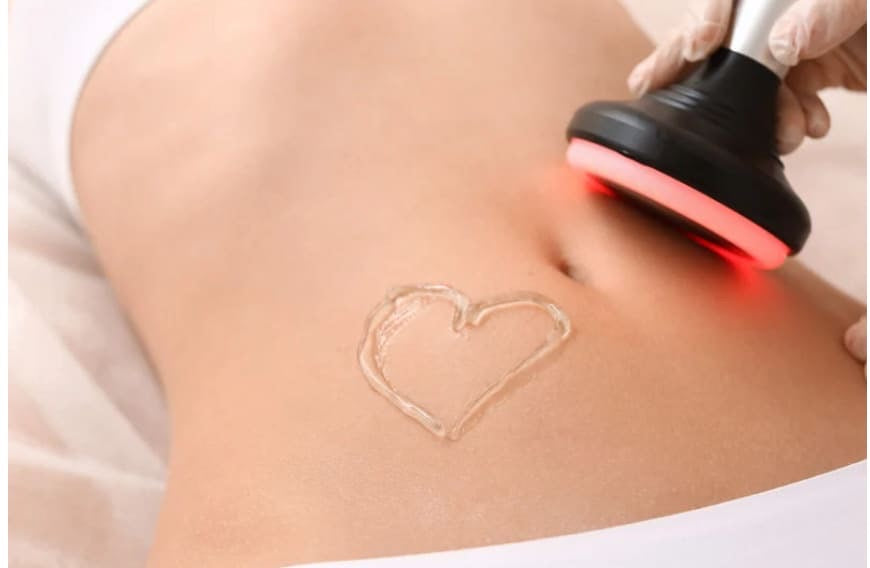My Store
Ultrasound Cavitation - 12 WEEKLY SESSIONS
Ultrasound Cavitation - 12 WEEKLY SESSIONS
Couldn't load pickup availability
NOT A PHYSICAL ITEM, THIS IS A TREATMENT WITHIN SALON
ADULTS ONLY 18+
Ultrasonic cavitation is an FDA-cleared, nonsurgical fat reduction treatment. Also called ultrasound cavitation, ultra cavitation, fat cavitation, or cavi lipo, the procedure uses ultrasound waves to destroy fat cells in targeted treatment areas—typically the upper arms, belly, love handles, thighs, or chin.
Cavi lipo is often presented as an alternative to body contouring with liposuction, but unlike surgical lipo—which can produce optimal results with a single procedure—you’ll need multiple (as in, up to 12) ultrasonic cavitation treatments to see significant changes. You’ll also have to wait up to three months for your lymphatic system to flush the dead cells before you'll see your final results.
While it's not a quick fix, this body sculpting method has other advantages. Each ultrasonic cavitation session is relatively quick: it takes about an hour for your provider to glide the cavitation machine’s handheld probe over the desired area, delivering low-frequency sound waves that “vibrate” the walls of the fat cells until they burst and turn into free fatty acids the body can expel.
The treatment itself is painless (it has even been called relaxing) and requires little to no downtime. Risks are minimal and side effects are rare.
Pros
- Ultrasonic cavitation is painless, leaves no scars, and requires no anesthesia.
- Recovery time is minimal to nonexistent, and side effects like mild bruising and redness are rare.
- Cavi lipo is much less expensive than surgical liposuction, even with a series of multiple treatment sessions.
- Each treatment is relatively quick, taking less than an hour for most patients.
- Results are considered permanent when paired with a healthy diet and regular exercise.
Cons
- It’s a real commitment. Most people need at least three (and up to 12) weekly treatments to see their desired results.
- It takes up to three months after your last treatment to see your final results.
- Like liposuction and other fat reduction treatment, this isn't a weight-loss procedure. To be a good candidate, you’ll need to be already at (or very close to) your goal weight and looking only to remove a stubborn fat deposit.
- People who have pacemakers, diabetes, cardiac issues, or vascular disease are not good candidates.
Share

